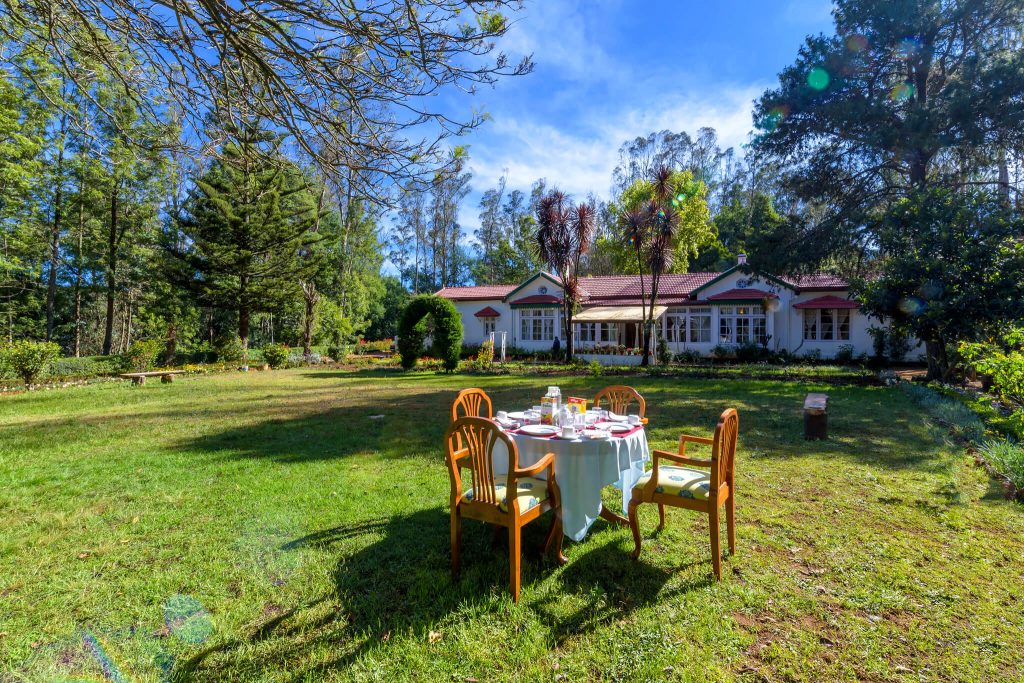
Being able to visit and enjoy the beauty of a heritage home is in itself a huge privilege. But if you own one as part of your family legacy, a huge responsibility gets added to your shoulders along with privilege. Everyone enjoys visiting such unique homes, but only those who own these homes passed on from generation to generation are aware of the pain of maintaining these ancestral homes and the love it takes to do so.
Besides preserving culture, heritage, legacy, and yesteryear architecture, preserving heritage homes also mean investing in something special. Not just in terms of sentimental value but economically as well. Heritage tourism is a billion-dollar industry, and many heritage homes see the value by opening their doors for a select few to experience this charm.
But when you do so, you must ensure that renting out your heritage home and the estate does not harm your treasure.
And that is where upkeep and maintenance step in.
While it appears to be a complicated process on the surface, it is possible to make this happen with a systematic approach.
How to maintain heritage homes and estates?
Before we get into the various approaches, you need to maintain your heritage home; it is vital to understand that this cannot be a one-size-fits-all solution map. Every heritage home and estate is unique and deserves a tailored solution. Engage an architect and a heritage specialist before adopting any process.

1. Constant Inspection
We can only conceive of maintaining a heritage home and estate when we know its regular condition and the challenge areas. So, your maintenance process must include a regular inspection schedule to note the condition of various structural and non-structural elements. Inspecting the premise regularly also means that you can handle routine maintenance issues even before they become a menace. This helps preserve the integrity of the structure.
Work with a professional team and go through a checklist to ensure you do not miss any gaps.
Some issues to focus on while inspecting a heritage home and estate for maintenance are :
- Ventilation: Check if the vents are working, the windows are in working condition, and the ducts are not in a broken state.
- Water discharges: Check for pipe leakages, blocked gutters, and clogged drains and inspect the sewerage discharge system for current municipal code compliance.
- Vegetation: The grounds, lawns, and even indoor plants must be in pristine condition in a heritage home. Keep regular checks for fallen trees, leaking sprinkler systems, and insect issues.
2.Declutter
Heritage homes accumulate a lot of possessions over the years. The usual process is to stow them away in an attic or an unused section of the basement. But, this is not what the experts recommend.
Dark rooms or corners are a strict no-no in a well-maintained heritage home. So, it is time to embark on a decluttering journey. Anything that can be a fire hazard does not contribute to the heritage significance, and is not usable, must go.
Decluttering is an integral part of ensuring your attics, basements, and rooms are well-ventilated and ready to use.
3.Protect and preserve from the elements
Heritage homes and estates were designed for a different era. So, the protections they have in place may not reflect the environment they are exposed to now. It becomes the caretaker’s responsibility to put a plan in place to protect the estate from these elements.
- Maintain electrical and electronic appliances to avoid fire hazards. Ensure that the internal wiring and fittings are as per the recommendation of governing body’s latest code.
- Apply a fresh coat of waterproof paint on the external facade to protect the walls from moss growth and leakages.
- Heritage homes usually have long chimneys and architectural overhangs. They may be designed for the climatic conditions of those times, so adding protective structures (within the permissible limit) may help protect them from cyclones and heavy winds.
- If the estate has a vast vegetation cover, it is essential to clear fallen trees to avoid forest fires in places with hot summers.
4.Bring modern life in
Maintaining heritage homes and estates may be about preserving them, but we also need to ensure that they are liveable and don’t fall into disrepair due to not being used. It becomes an act of balance to achieve a happy marriage of the old and the new.
- You can start by upgrading the kitchen and the bathrooms as these areas see a lot of usage and foot traffic. Upgrading the appliances and the plumbing can go a long way in bringing modern life.
- Install modern entertainment appliances such as TV, Wi-Fi, telephones, etc.
- Upgrade the heating and cooling facilities to match the current climatic conditions and modern technology.

Before you set out to do any of this, consult the local governing body to understand what is permissible and an architect to help you match the theme of your heritage home.
If you have a well-maintained heritage home that you want to get more out of, have you considered luxury rentals for an elite few? It can help you keep the home active, while also sharing your heritage with the world.
Wondering how to get the process in motion? Reach out to us at partner@saffronstays.com, and we will take it forward.